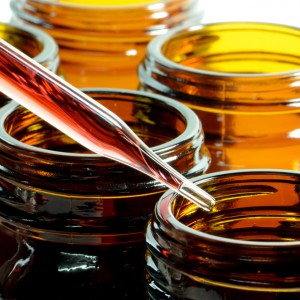 Provectus Biopharmaceuticals, Inc. has announced the approval from the Chinese Patent Office for its patent application protecting the synthetic process used to produce Rose Bengal, the active ingredient in PV-10, the company’s lead oncology drug.
Provectus Biopharmaceuticals, Inc. has announced the approval from the Chinese Patent Office for its patent application protecting the synthetic process used to produce Rose Bengal, the active ingredient in PV-10, the company’s lead oncology drug.
PV-10 is a 10 % solution of Rose Bengal, a stain commonly used to distinguish between healthy and necrotic tissue in the cornea, which has been designed for injection into solid tumors such as melanoma, breast and liver cancers, this way reducing the potential for systemic side effects. This drug received orphan drug designations from the U.S. Food and Drug Administration (FDA) for its melanoma and hepatocellular carcinoma indications.
Previous Phase 2 studies have shown that 50% of patients suffering from locally advanced cutaneous melanoma, who had all their lesions injected with the investigational agent, achieved a complete response. Furthermore, recent data has also suggested that there are alternative ways to use PV-10 as an anti-cancer drug, such as using it in combination with an immune checkpoint blockade.
This pending Chinese patent insures the same procedure as the one given by the US Patent Office in September 2013, “Process for the Synthesis of 4,5,6,7-tetrachloro-3′,6′-dihydroxy-2′,4′,5′,7′-tetraiodo-3H-spiro[isobenzofuran-1,9-xanthen]-3-one (Rose Bengal) and Related Xanthenes”.
Moreover, this new application describes a novel process to manufacture Rose Bengal in high purity, and is expected to be issued by the end of 2015, providing protection for Rose Bengal active pharmaceutical ingredient.
Eric Wachter, CTO of Provectus, stated in a company’s news release, “The issuance of this patent will enhance the protection of our novel synthesis process for the manufacture of Rose Bengal covering the entire Chinese market. As we prepare to begin our phase 3 clinical trial for intralesional PV-10 as a treatment for melanoma and as we discuss with Chinese interests licensing PV-10 for other indications, it is important that we defend our intellectual property in this way. We are pleased that the Chinese authorities have been so helpful in this, and we will continue to protect our stockholders’ interests in this way as we seek out partners globally to further develop our product line.”


